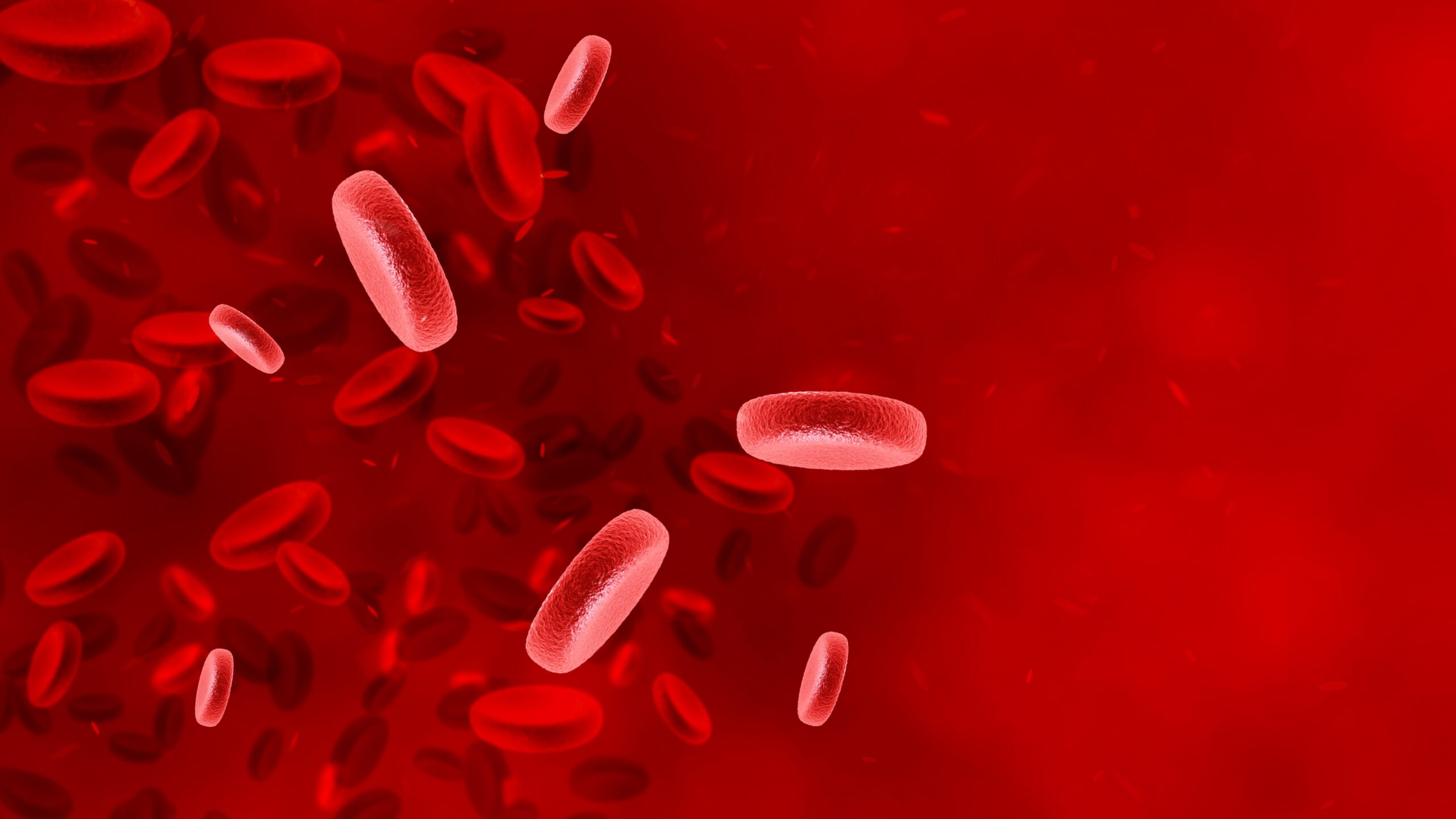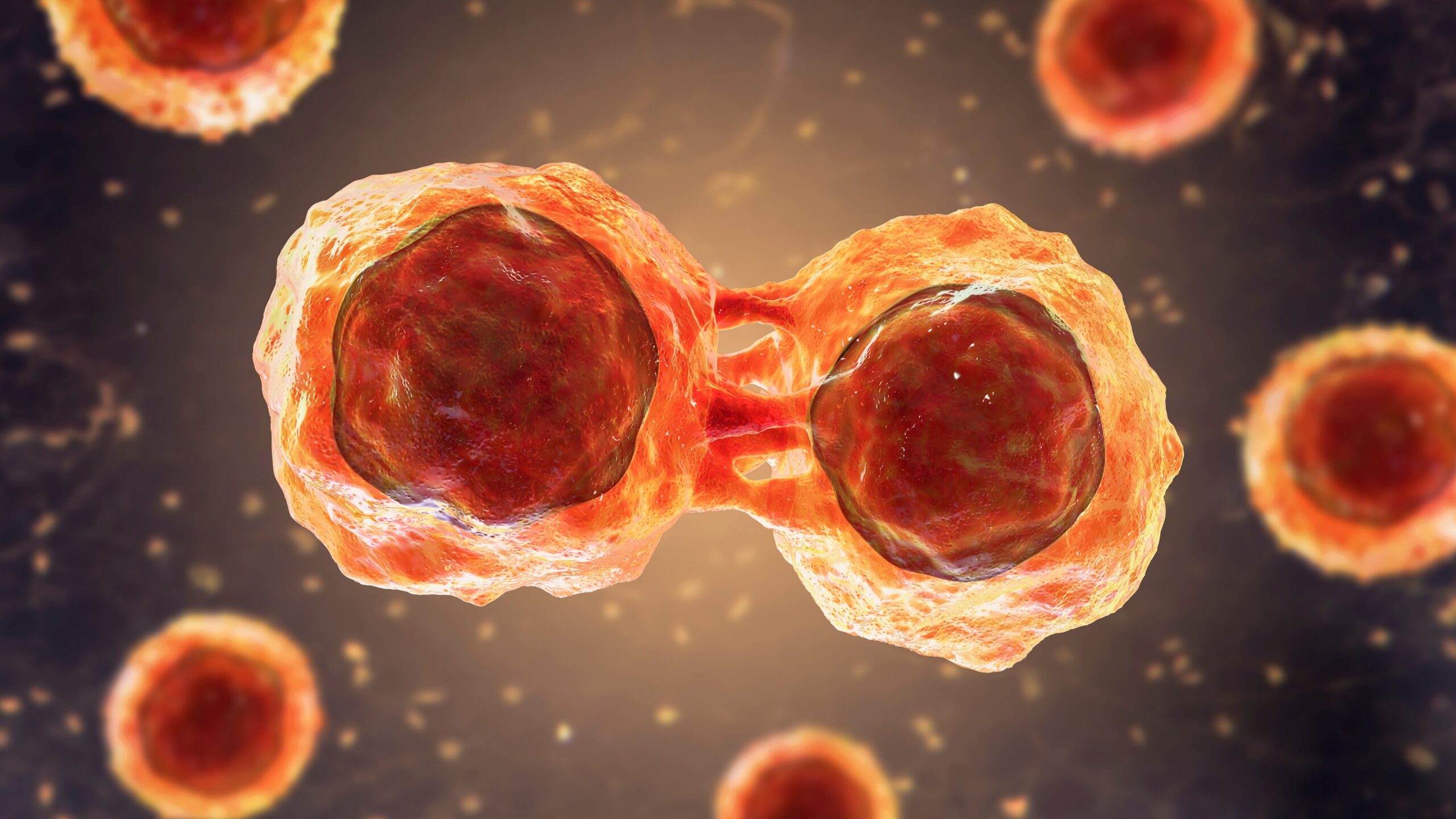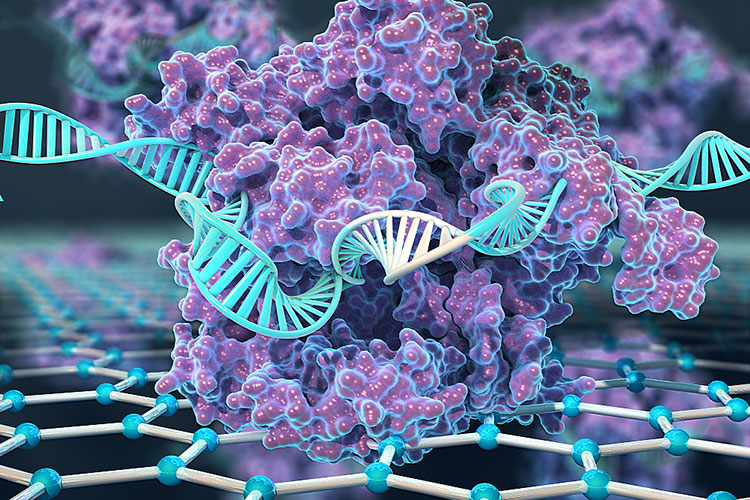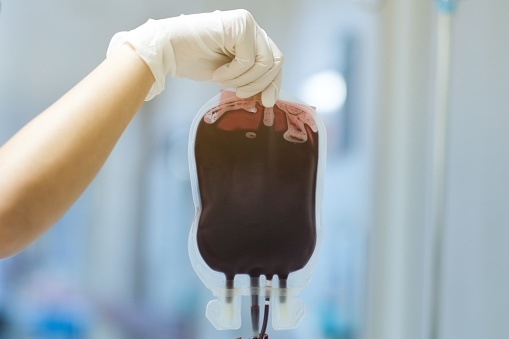
In low-blast, high-risk myeloid diseases, including myelodysplastic syndrome (MDS) and chronic myelomonocytic leukemia (CMML), vibecotamab appeared well-tolerated and safe with no dose reductions required and no patients discontinuing treatment due to adverse events (AEs).
According to phase 2 research from Daniel Nguyen, MD, PhD, et al, CD123 is a promising target for myeloid diseases because leukemic stem cells are highly expressive to CD123 compared with normal hematopoietic stem cells. Vibecotamab is a CD3-CD123 bispecific engaging antibody which previously demonstrated clinical activity in acute myeloid leukemia (AML).
In the phase 2 study, adult patients were eligible to enroll if they had a diagnosis of MDS (IPSS-R intermediate or higher risk) or CMML (CMML-1 or CMML-2) after failing on hypomethylating agents. Patients were also eligible if they had a diagnosis of AML in first or second morphologic remission with minimal residual disease (MRD) at a level of ≥0.1% by flow cytometry. Twenty percent or higher CD123 expression on aberrant myeloid blasts was required in all patients.
For treatment, patients were administered IV vibecotamab in a ramp-up dose schedule on days one (0.43µg/kg), three (0.75µg/kg), five (1.1µg/kg), and eight (1.7µg/kg) during the first treatment cycle. Cycle 1 was followed by weekly doses of vibecotamab at a dose of 1.7µg/kg. Overall, patients received up to four cycles of vibecotamab in 28-day cycles. The key objectives for this protocol were objective response rate in the MDS/CMML cohort and MRD negativity rate in the AML MRD cohort.
Results presented as part of the 66th American Society of Hematology Annual Meeting & Exposition comprised 37 patients, 19 from the MDS/CMML cohort and 18 from the AML MRD cohort. Thirteen (68%) of the patients in the MDS/CMML cohort responded to treatment, 12 (63%) of whom achieved a marrow complete remission (mCR) and one of whom showed a hematologic improvement (HI). Notably, 17 patients had bone marrow blasts ≥5% at enrollment, and 12 (71%) achieved a mCR with or without HI. The best response was seen after the first cycle in all patients.
Investigators did not find that CD123 expression impacts the likelihood of response in the MDS/CMML cohort. Two of the 13 responders had ongoing responses of 6.4 months and 11.4 months at the time of data cutoff. Three patients with a CR died and eight relapsed. In six patients (75%), relapse followed completion of intended protocol therapy. The median duration of response among responders was 5.2 months and the overall survival was 10.3 months.
In the AML MRD cohort, the median percentage of blasts expressing CD123 was 84% (range, 49%-99%), with the baseline MRD being 0.8% (range, 0.1%-3.9%). Five of 18 patients (28%) achieved MRD negativity following the first cycle of treatment. Mirroring the MD/CMML cohort, the degree of CD123 expression did not impact the likelihood of response in the AML MRD cohort. At last follow-up, relapse occurred in two responders following completion of protocol therapy (1.2 and 5.6 months after completion). Three patients remain in MRD-negative remission with durations of 4.1, 24.6, and 25.6 months.
In both cohorts, the most common adverse event was infusion reactions, and was grade 1 in severity for one patient (3%), grade 2 in 22 patients (60%), and grade 3 in two patients (5%). Myelosuppression was not common and was determined to be consistent with previous studies of vibecotamab.
REFERENCE
Nguyen D, Ravandi F, Wang S, et al. Updated results from a phase ii study of vibecotamab, a CD3-CD123 bispecific T-Cell Engaging antibody, for MDS or CMML after hypomethylating failure and in MRD-positive AML. Presented at: 66th American Society of Hematology Annual Meeting & Exposition; December 7-10, 2024; San Diego, CA. Abstract 1007.







 © 2025 Mashup Media, LLC, a Formedics Property. All Rights Reserved.
© 2025 Mashup Media, LLC, a Formedics Property. All Rights Reserved.